
The Oil Cleansing Method
How to Make Your Skin Glow with a Grease-Free Cleanser
Synthetic skincare products often contain ingredients that can worsen cancer treatment side effects. Plant-based skincare, however, can improve and protect your skin, and is a gentle option for treating damaged skin.
Start your new skincare routine with this oil cleansing method below. Even oily skin types can benefit from this method! Surprisingly, this technique is grease-free, since oil dissolves oil. By clinging to excess oil, make-up, and dirt on your skin, the oil gently removes impurities.
The opposite happens when you use hot water and soap on your skin. The more often you do this, the less time your skin has to produce oil to repair itself. Dryness and irritation can result from this disruption. Whenever the skin becomes too dry, cracks can form, making bacteria and infections easier to spread.
The Basic Oil Cleanse: Skincare for Sensitive Skin
Oil cleansing is a simple process that doesn’t involve expensive products, numerous steps, or a lot of practice.
Oil cleansing can be used to:
- Unclog glands and address breakouts and blackheads
- Remove dead skin, makeup, and dirt (even waterproof makeup)
- Moisturise dry skin
- Balance oily skin
- Reduce inflammation in acne or other facial skin conditions
What Oil Should I Use for Oil Cleansing?
If you’ve decided that you want to give it a try, you need to select which oil(s) you will use for your cleanse. It is important to buy high-quality oils and cleansers without added scents or dyes to avoid irritation. When possible, avoid food-grade oils, and choose cold-pressed, unrefined, virgin oils designed for use on the skin. There are many options to choose from, including:
1. Dry Skin
Olive oil, coconut oil, jojoba oil, and avocado oil.
2. Acne-Prone or Oily Skin
Castor oil, coconut oil, jojoba oil, and sunflower oil (sunflower oil is lighter and allergy-friendly for those who can’t use coconut or almond).
3. Sensitive Skin
Steer clear of castor oil. This oil, which has antibacterial properties, acts as an astringent cleaner and can cause skin drying. Try jojoba oil or rosehip oil.
Oil Cleansing: How to Do It
A basic oil cleanse involves applying the oil, then removing it with warm water or a wet washcloth.
1. Put 1 to 2 teaspoons of oil in the palm of your hand.
Dry skin: 1/2 teaspoon of olive oil and 1/2 teaspoon of castor oil.
Acne-prone or oily skin: 1/2 teaspoon of jojoba oil and 1/2 teaspoon of castor oil.
2. Apply the oil before wetting your face.
Use your fingertips to gently massage the oil into your skin for several seconds to a minute to remove impurities like makeup and dead skin cells and allow the oil to penetrate.
3. Use a damp, warm washcloth to gently wipe away the oil.
Be careful not to press too hard or scrub at your skin, as this can lead to irritation and breakouts. For dry skin, you may want to try leaving some oil on your face by rinsing with warm water instead of a cloth. Your face should be hydrated when you finish, but not greasy or overly irritated.
4. Pat dry with a towel.
You can apply moisturiser if needed.
CLICK HERE for the Essential Skincare Set - includes high-quality, dermatologist-recommended products for hydration, protection, and relief from chemo skin side effects.
For more tips and tricks on how to look after your skin, read 'Skincare during Cancer Treatment'.

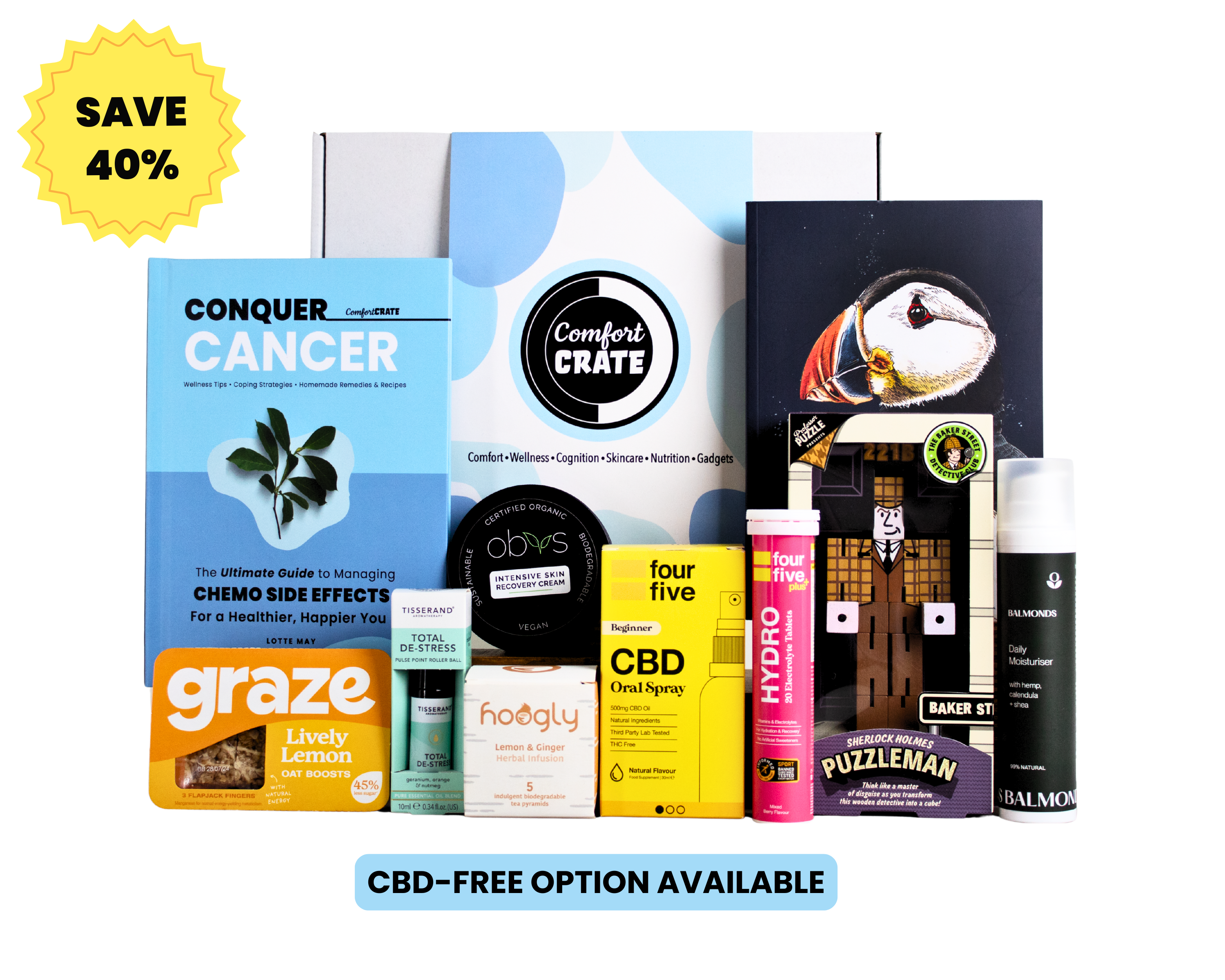
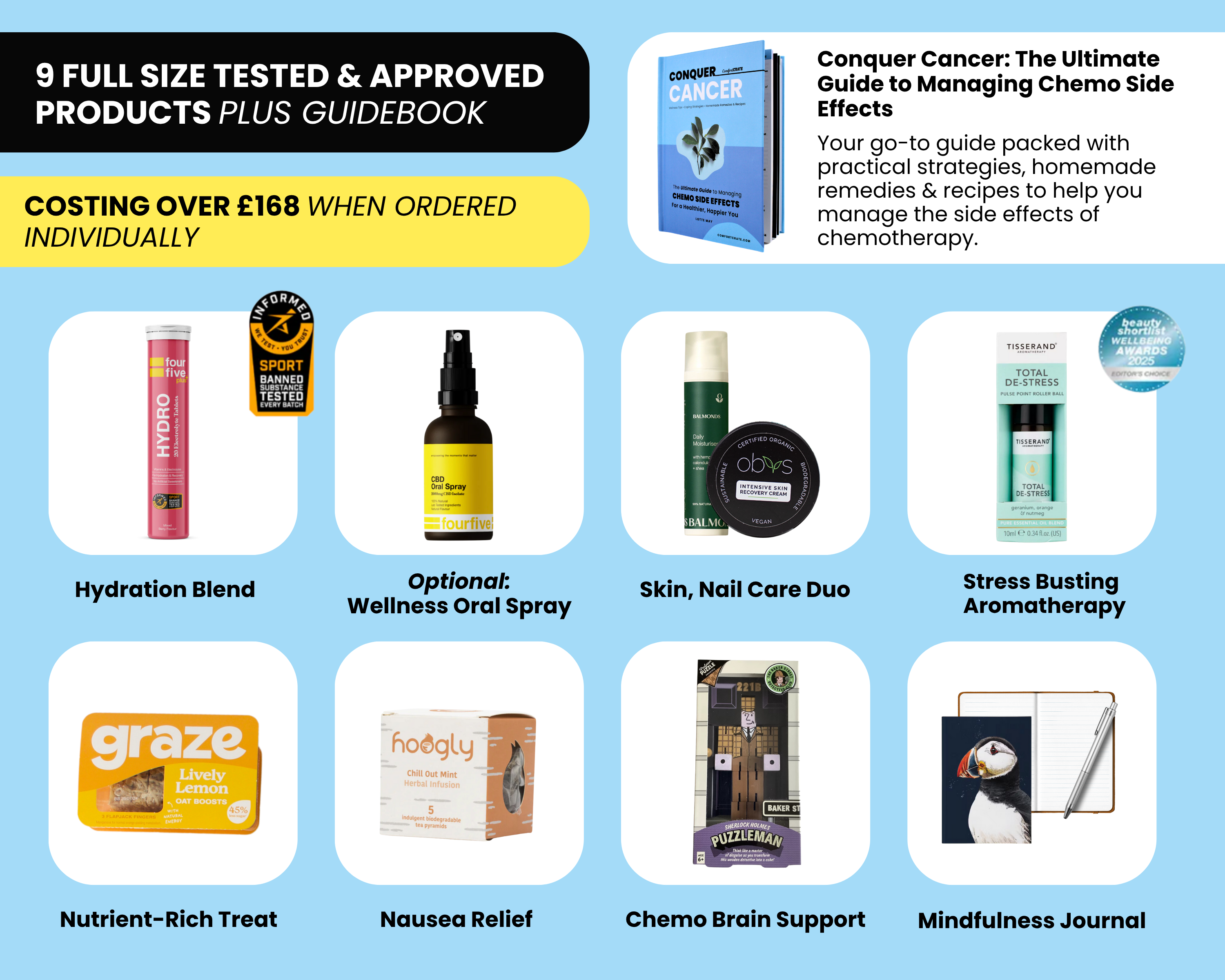


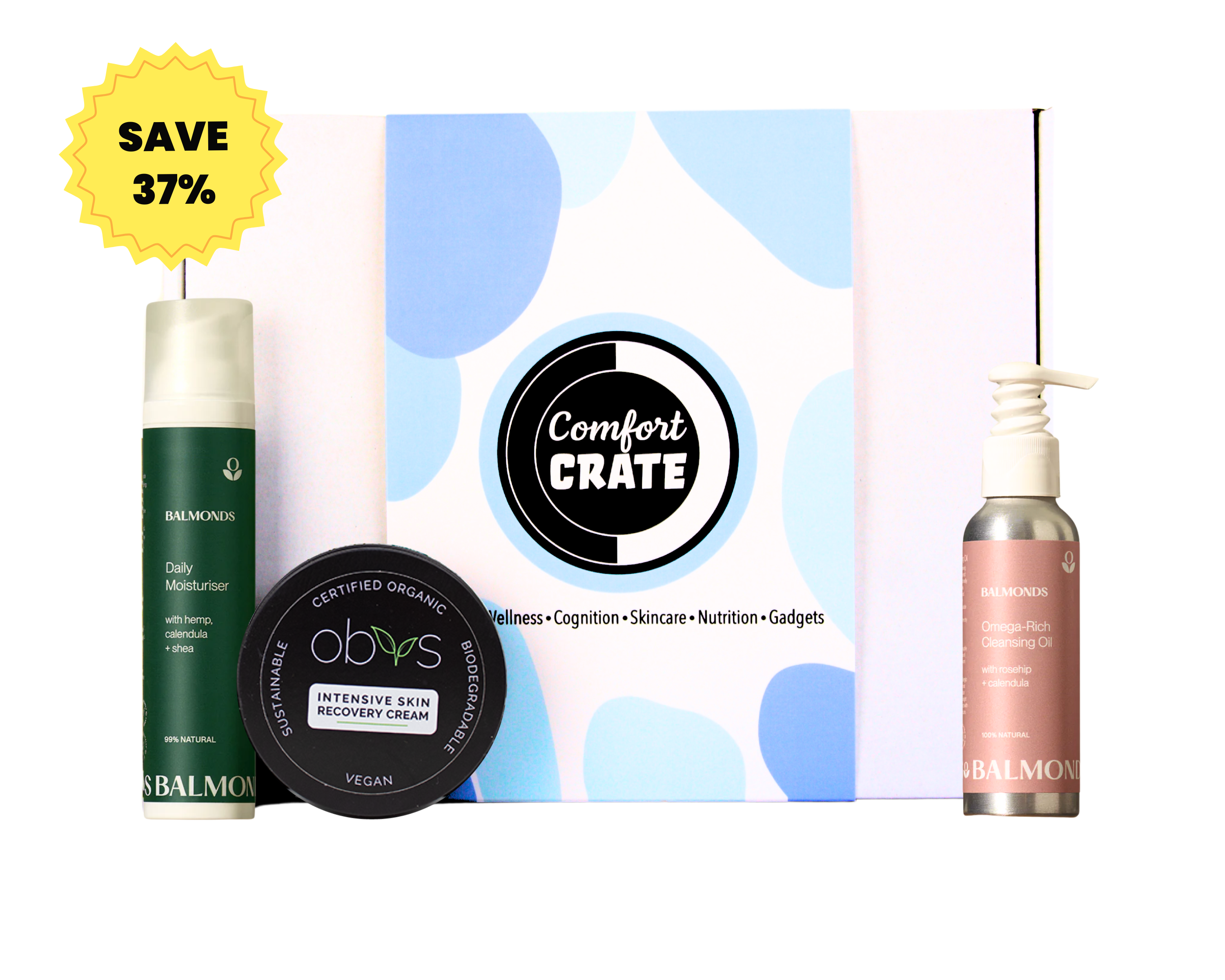
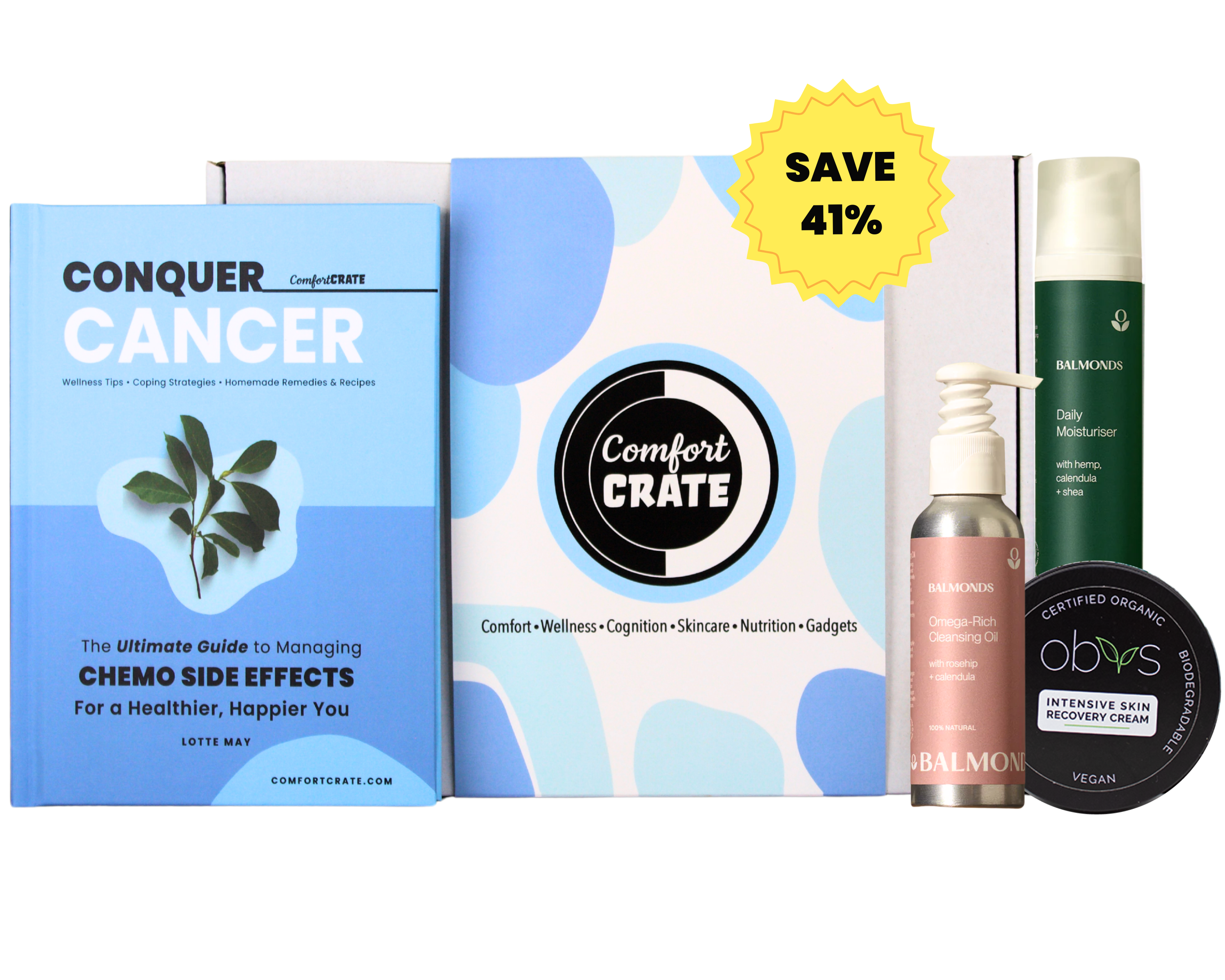
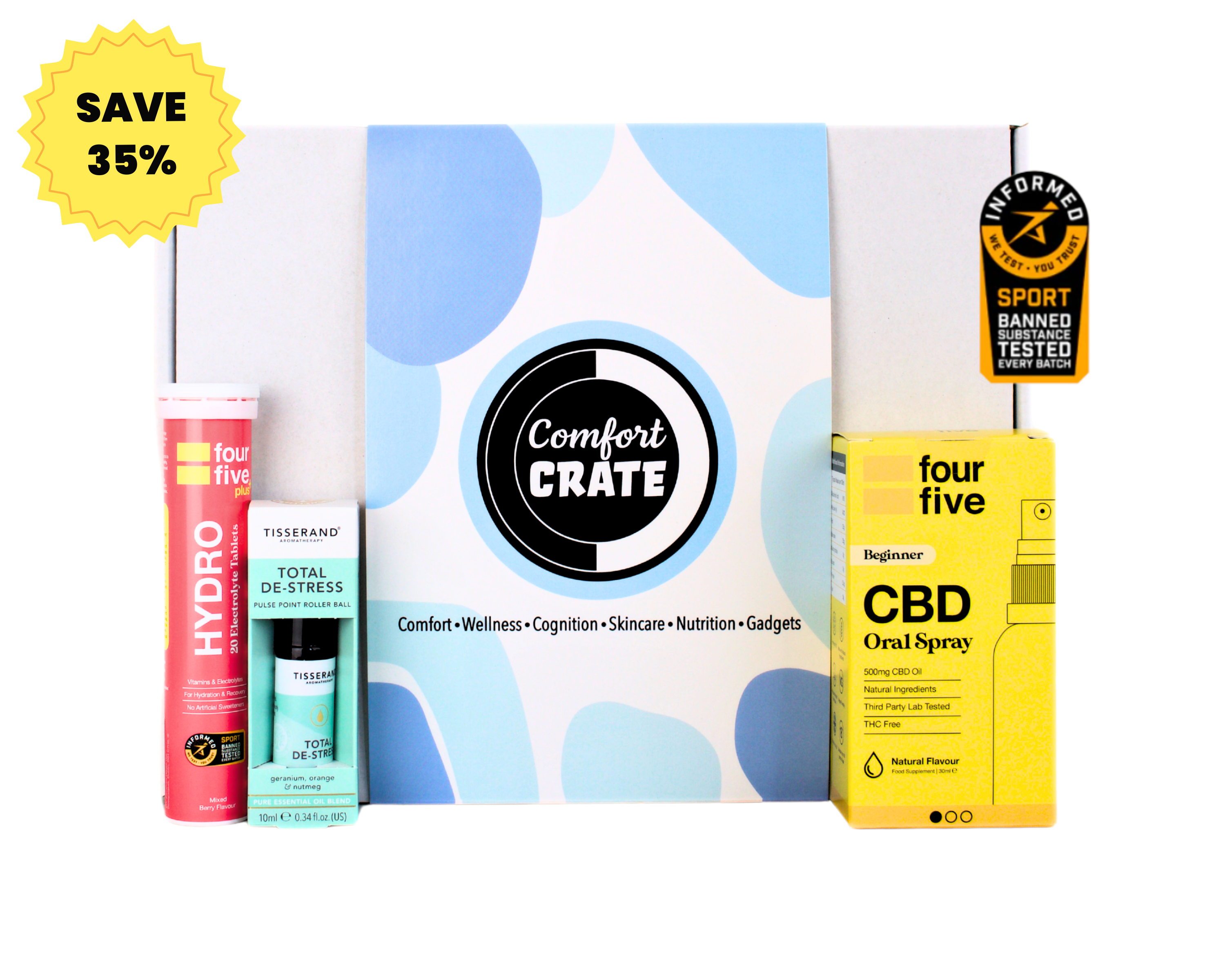
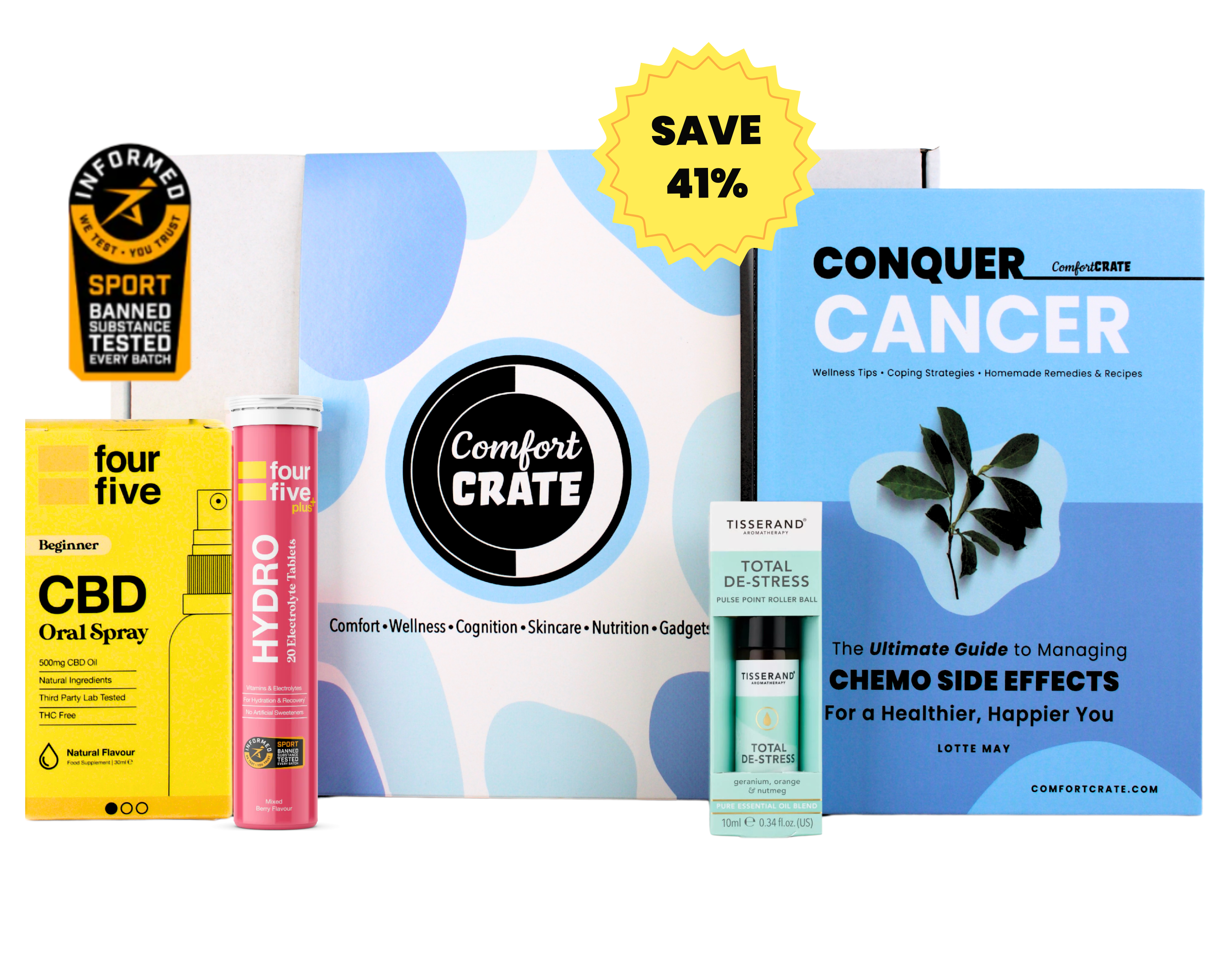


Leave a comment
This site is protected by hCaptcha and the hCaptcha Privacy Policy and Terms of Service apply.